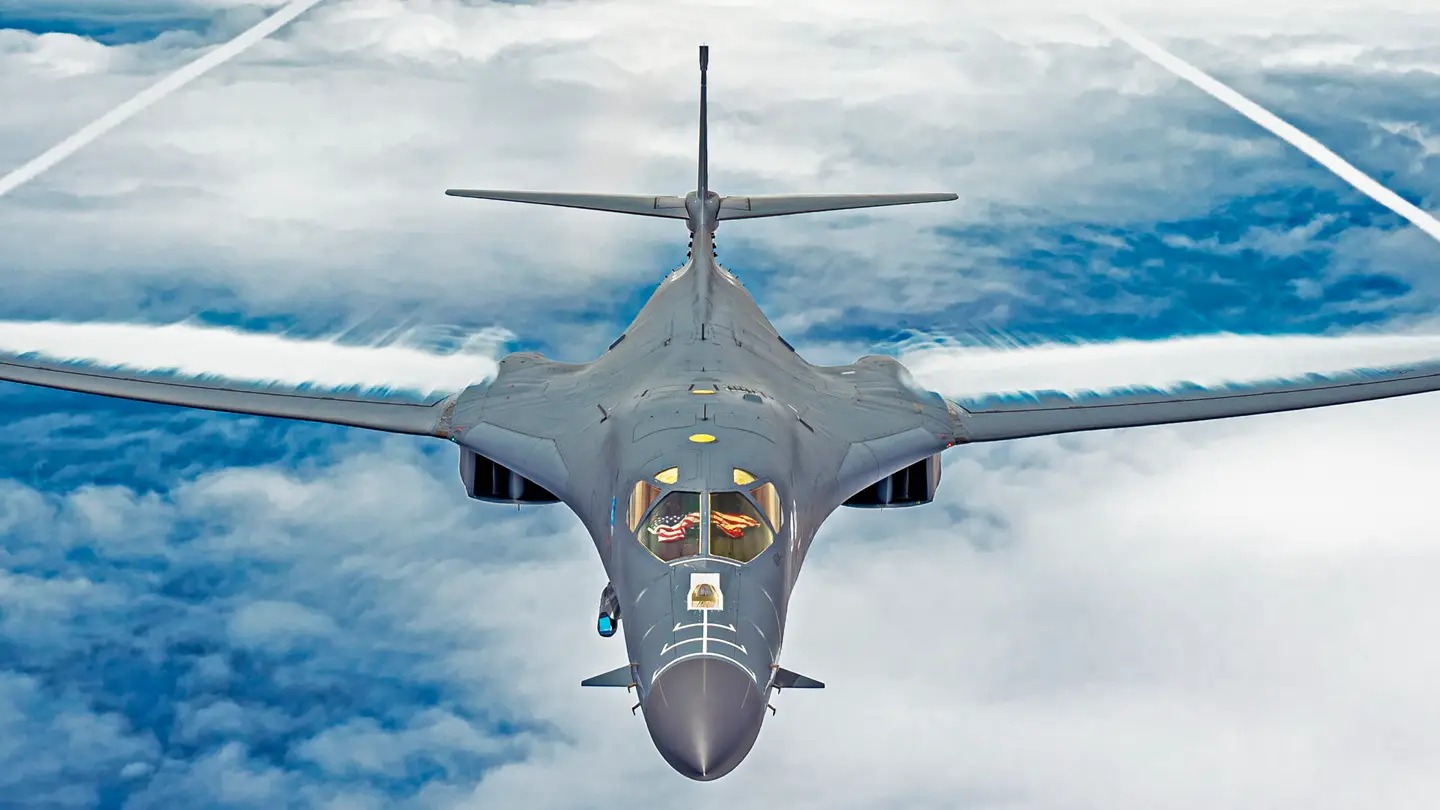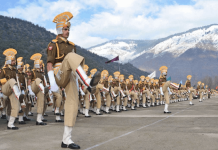In an impressive display of strategic capability, a pair of US Air Force B-1B Lancers successfully executed a non-stop CONUS-to-CONUS mission from Ellsworth Air Force Base in South Dakota into the Indo-Pacific region.
The mission began on August 1 and ended the next day. It lasted for more than 31 hours and traveled 12,456 miles. The B-1B Lancers, assigned to the 34th Bomb Squadron, embarked on this extended mission to demonstrate deterrence capabilities.
The USAF said that the bombers showcased their ability to operate long-range missions and also underscored the US Air Force’s commitment to maintaining a formidable presence in the Indo-Pacific region.
During the mission, the bombers were refueled by a KC-135 Stratotanker, ensuring their endurance for the lengthy flight.
“CONUS-to-CONUS mission” refers to operations where aircraft or personnel travel between locations within the Continental United States (CONUS), highlighting the ability to project power globally from domestic bases.
The US Air Force stressed that such missions enhance joint force lethality and deter aggression by demonstrating the capability to operate anywhere in the world at any time, in keeping with the National Defense Strategy.
Lt. Col. Robert Wasil, commander of the 34th Bomb Squadron, highlighted the critical nature of rapid deployment and long-range strike capabilities provided by the B-1.
“Launching missions like these from Ellsworth validates our unique capability to hold any target at risk, anywhere on the globe, at a moment’s notice,” Wasil stated. “Most importantly, it reassures our Allies and partners while forcing our potential adversaries to reconsider their actions.”
Wasil commended the teamwork required to accomplish such missions, noting that it extended beyond the aviators.
“These missions take expertise and absolute dedication from our world-class team here at the 28th Bomb Wing,” he said. “Everyone plays their part, from maintenance and airfield operations specialists to intelligence and air traffic control. It takes an entire team to drive these missions forward.”
US Air Force Bombers Enhance Deterrence & Regional Interoperability
The US Air Force’s CONUS-to-CONUS (C2C) bomber missions, alongside other military operations and exercises in the Indo-Pacific region, are designed to showcase the readiness of crews to employ lethal capabilities globally.

The participation of the B-1B Lancer in these missions is particularly significant. This aircraft, known for its long-range, multi-role capabilities, carries the largest payload of precision-guided and unguided munitions in the US Air Force’s inventory, making it a crucial asset in demonstrating military power.
These missions serve multiple strategic purposes: deterring adversaries, reassuring allies and partner nations, strengthening interoperability, and maintaining global readiness.
For the aircrew, these missions are crucial. They offer practical experience with air operations across various geographic regions, enabling them to respond quickly and effectively to threats at any time and place.
The growing threat posed by China in the Indo-Pacific region has prompted the US to increase the frequency and intensity of bomber activities in the area. The deployment of US Air Force bombers also enhances opportunities for improved interoperability with allied countries in the region.

For instance, on August 5, the US Air Force announced a recent collaboration with the Royal Australian Air Force (RAAF) to enhance long-range precision strike capabilities.
This training event, held at Barksdale Air Force Base, Louisiana, on June 21, was a strategic move to increase operational effectiveness and flexibility. The exercise involved aircrews from the two nations working together to refuel a US Air Force B-52H Stratofortress using an RAAF KC-30A Multi-Role Tanker Transport.
The joint training session focused on increasing interoperability to reduce the demand for US Air Force tankers in the Indo-Pacific.
According to Maj. Kevin Wiemann, a 49th Test and Evaluation Squadron instructor pilot, the B-52 is central to America’s bomber force, capable of nuclear and conventional deterrence missions. Pairing the B-52 with the KC-30, a tanker noted for its range and fuel capacity, is a strategic advantage.
Throughout the training, two B-52 aircrews successfully refueled from a single KC-30 while it was still in the air. This approach maximized the training benefits, allowing the crews to operate with limited fuel and in a condensed timeline.
Through these missions and collaborative exercises, the US Air Force improves its preparedness and also strengthens its alliances, ensuring a strong and unified presence in the region.
- Contact the author at ashishmichel(at)gmail.com
- Follow EurAsian Times on Google News




